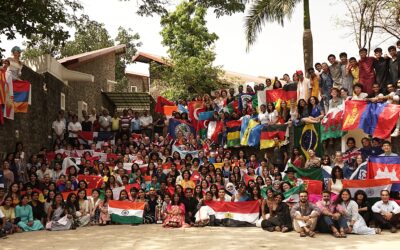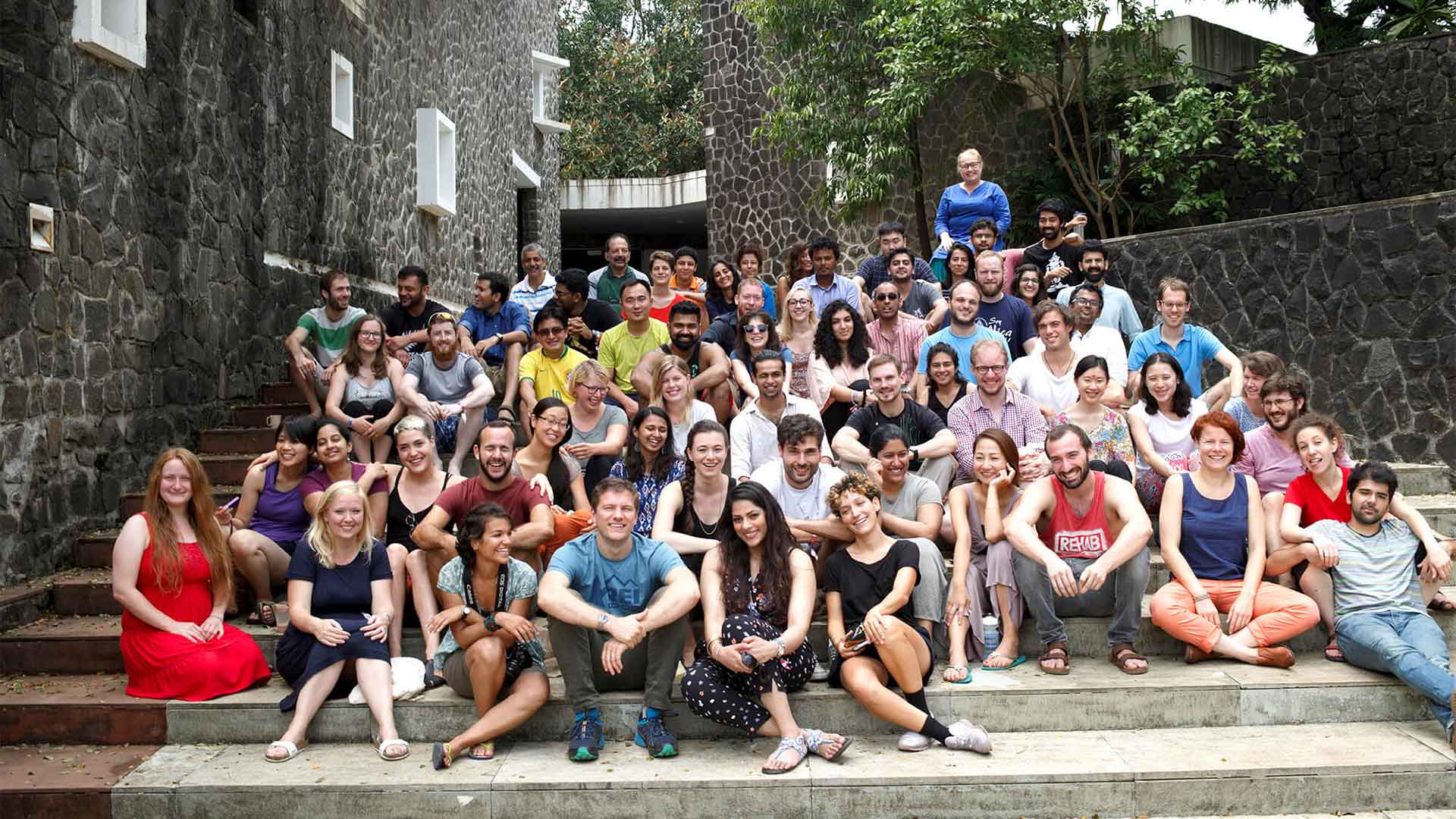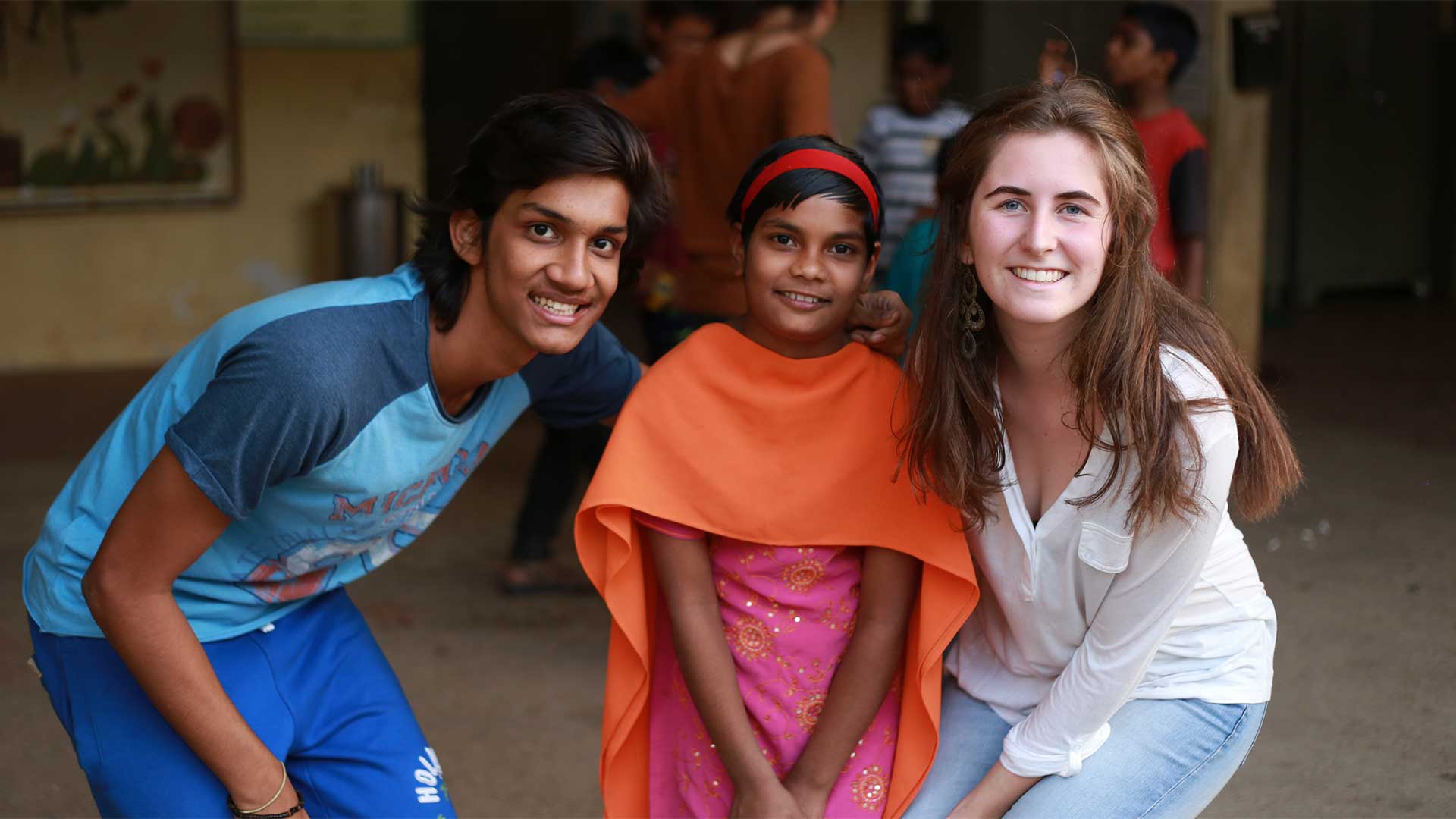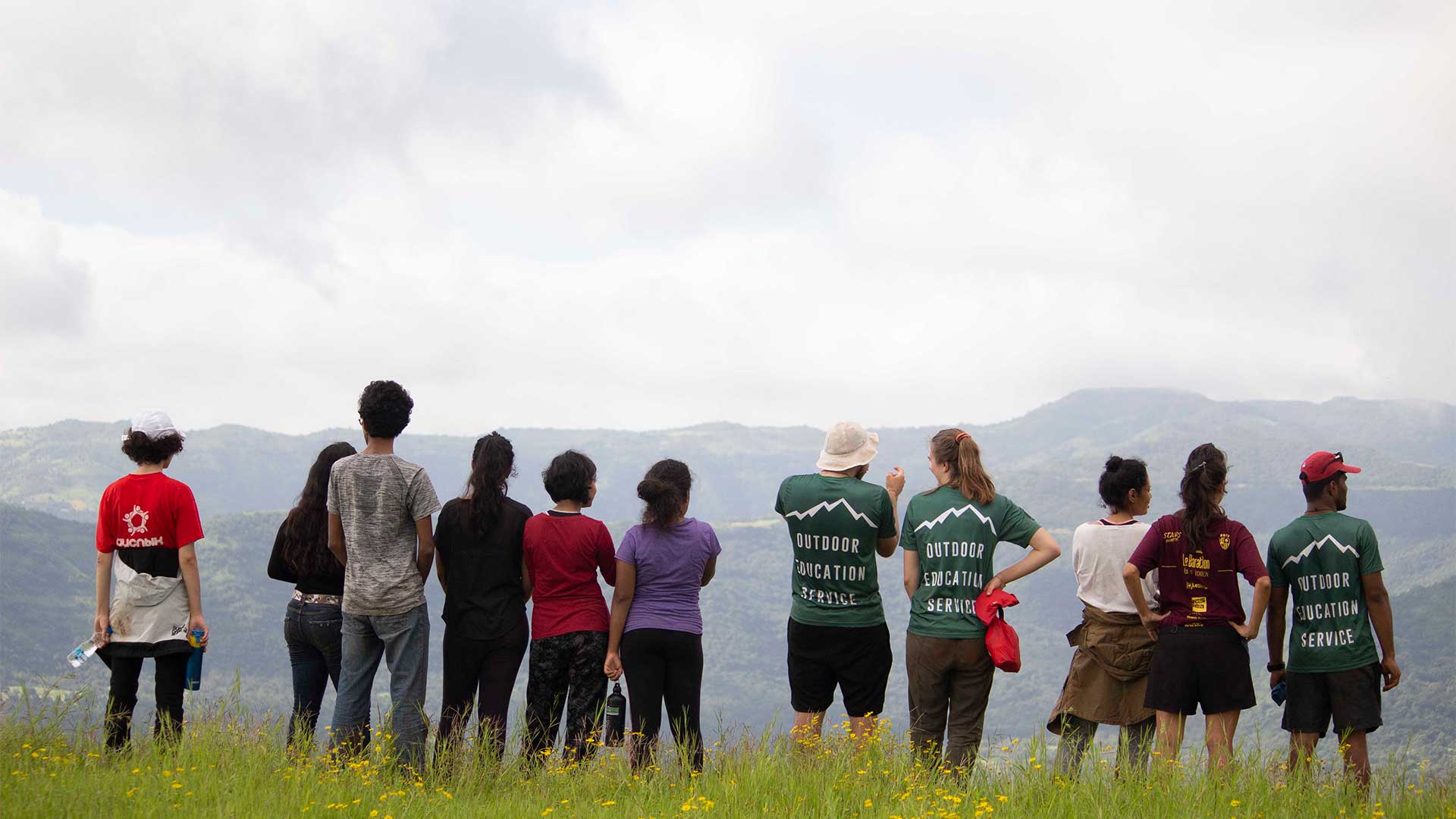Mattancherry, Kochi
We turn ominous corners steeped in historic moorings as brooding shadows creep into the nooks and crannies of the Gujarati Road.
For Kochi’s most syncretised neighbourhood, Mattancherry evenings have an impressive affinity for quiet and tranquillity. Thirty-nine different communities co-existing within a five-kilometre radius and the only discernible form of noise is the ever-present hum of distant motorcycles and the occasional drawn-out meow.
Johann is a neatly moustachioed, portly little man who runs a heritage walking business in the coastal city of Kochi. Established precisely on the left-most edge of India, a flood that carved out its port in the fourteenth century inadvertently transformed Kochi into a centre of intercultural mingling. Traders from China, the Middle East and Europe came and went and left behind several things eventually phagocytosed by the swarming city. Chinese fishing nets, crumbling palaces and white-washed synagogues stand testament to their presence.
Over here, the crumbling old and equally crumbly new amalgamate into densely overgrown temple courtyards contrasted by unfinished bare cement dwellings.
As we round a corner into a more residential part of the locality, Johann stops in front of a small, black miniature house-like structure built into the courtyard wall. The street is empty apart from us and the resounding chatter of our group is the only thing breaking the silence of the premature dusk. We cluster around our storyteller like enlarged moths under hanging streetlamps, wires and vines dangling hazardously close to our heads, waiting for him to start his narration.
“Years back when the Portuguese first came, they brought with them many Africans as slaves. When the Dutch took power over the region and the Portuguese had to flee, they left behind many of these slaves, of course, and over the years, people started to worship them! They are recognisable now in the figure of Kappiri Mutthappan, a benign spirit who smokes, drinks, and helps people find their lost belongings.”
In all my years of living in India, I had never heard of the slave trade reaching this part of the world. Yet here it was, clear as day. Upon my asking if the people who worshipped this spirit were limited to a certain ethnic or religious group, Johann brought up another fascinating point about this phenomenon; the fact that residents of Kochi from all religions and castes partake in this ritual.
“But wait, how does that work? Isn’t it unusual to worship spirits of slaves?”
Asking this question, I no doubt earned a few unsure looks, but I felt like it had to be said. After all, despite all the architectural gifts the Portuguese brought with them that attract tourists by the dozen today, they were colonisers, and it is extremely unusual for a colonised people to sanctify another oppressed group.
“Aha! But it’s like that only! After the Portuguese left, the African slaves were free to mingle with the local population. Somehow or other people came to believe in their spirits turning into big banyan trees that we see around the city. People built these simple shrines for them and now offer them meat, toddy, and cigars.”
Just as Johann starts pointing out the interesting assortment of offerings in front of a burnt black stone, an elderly woman hobbles up to us. We look at her bewildered for a second but upon noticing the candle she is gripping, we move to the side and let her access the shrine. Submerged in the sudden, sacred silence we watch her.
The woman – a tiny, stooped figure in many layers of shimmering fabric – silently bends down and lights her candles. As the candles flicker eerily in the wind, she draws out yet another trinket from within the layers of fabric cocooning her. To my delight, I identify the small, oblong, rice cake sprinkled with coconut flakes as “puttu”. We had tried it earlier that day, in a small roadside shack which, like all other self-respecting Malayalam tea stalls, serves simultaneously as a tea shop and as a place where all variants of middle-aged Malayalam men come to man-spread and gossip.
For a few minutes, our group stands there in silence, many of us peering intrigued at the unknown woman’s face as she closes her eyes and rests her forehead against the bright orange flower garland adorning the top of the shrine, gnarled hands gripping the slanting roof. Then, as suddenly as she had appeared, she gathers her layers and hobbles back into the empty street.
“Look at that, wasn’t that just beautiful? A simple prayer, a simple shrine. Something everyone can pray to. Even my family conducted “rituals” to welcome Kappiri Muthappan – the cigars, the toddy, chicken fry…that’s what he loved the most! He would apparently take over the body of an old aunt, who could also host Snake Gods in her body and completely behave like one – writhing and wriggling. Kappiri Muthappan used to speak through this old aunt, sharing wisdom with all. Tales from the past shared by my mother and my grandmother have been fascinating!”
The whole day, we were being exposed to layer upon layer of the multiculturality and diversity of Mattancherry, and here was the perfect representation of it. Standing in the soft, yellow light of the streetlamps I look around at the corner we’re standing at. Brimming with life, yet slow, lethargic, and grounded, Kochi is the first city where I have felt this sort of stillness.
I nod my head.
Later, that evening, we are riding the windowpane-less Kochi bus back to our accommodation and I’m thinking about the story of the Kappiris. As the bus bumps its way through lane after colourful lane and the salty breeze gushes in to fill our noses, I wonder about one thing. Why would the Portuguese leave behind the slaves? I stumble upon a much more gruesome, dark narrative of the tale when I allow my curiosity to lead me onto the internet.
The slaves were not left behind to live their lives as free people. Instead, they were chained to treasures that their captors left in unknown recesses and then buried alive. Their spirits are said to be the protectors of this treasure and over the years the locals started worshipping them, first in the hopes of being led to the Portuguese treasures and later to find lost belongings in general.
Those who worshipped the Kappiri began eventually to sanctify the locales where they were reportedly chained as shrines which are often built under the Banyan trees that some believe house the spirits. Even this aspect of the tale has a feature of circularity to it, it was not at all random that people thought Banyan trees were inhabited by the Kappiri. In fact, it is rumoured that the Portuguese planted these trees as identifiers of their treasures for when they would come to retrieve them.
The word Kappiri, is the Malayalam term for African. Yet even this has its root in something sinister. Kappiri is believed to have been derived from the Arabic word ‘kafir’. A term that directly translates to non-believer yet was popularised as a derogatory term for the non-Muslim African slaves that the Arabs owned.
A few days later, we are leaving Kochi. After a tiring day rushing to check as many monuments off our list as possible, I am sitting in the all too familiar dusty-blue train bunk when I spot a Banyan tree and am reminded once more of the myth of the Kappiris. Watching Kerala fade away in the greens and blues of the rolling backwaters, I cannot help but be astounded by the remarkable capacity of humans to transform truths and make them their legends.
Author – Samdol Lhamo Sichoe
Editor – Matthew Spall









